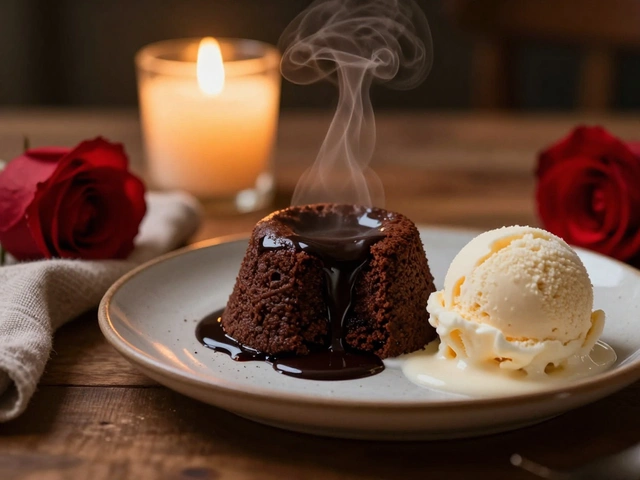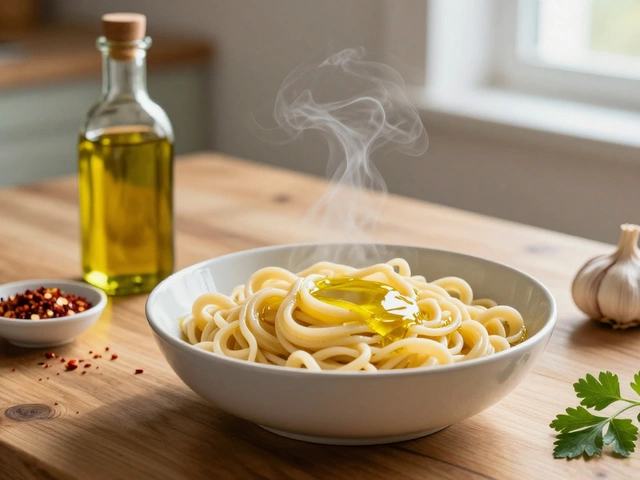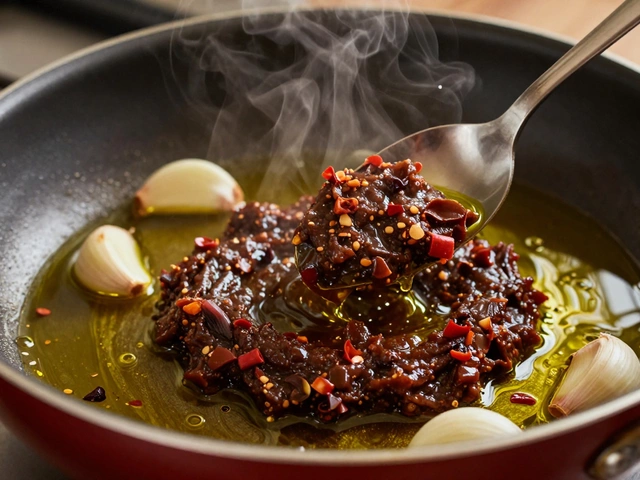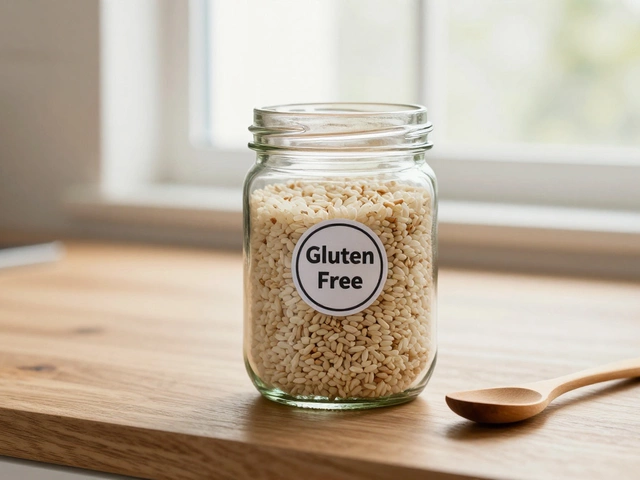Diabetes‑Friendly Indian Recipes: Flavor Without the Sugar
If you love Indian food but watch your blood sugar, you’re in the right place. Indian cooking is famous for its spices, not its sugar load, so with a few smart swaps you can enjoy all the heat and aroma without spiking your glucose.
First, ditch the white rice for alternatives like brown basmati, quinoa, or even riced cauliflower. These grains keep you full longer and have a lower glycemic impact. Cook them with a pinch of cumin seeds and a splash of lemon juice for extra flavor that won’t add calories.
Smart Ingredient Swaps
Typical Indian dishes rely on oil, butter, and creamy sauces. Replace heavy cream with low‑fat yogurt or coconut milk – you still get that silky texture, just fewer carbs. When a recipe calls for sugar, try a natural sweetener such as stevia or a tiny amount of honey, and always taste before adding more.
Legumes like lentils, chickpeas, and beans are perfect for diabetic meals. They’re high in fiber, which slows sugar absorption. A simple dal made with red lentils, turmeric, ginger, and a handful of spinach can be a hearty main or side.
Quick Diabetes‑Friendly Recipes
Spiced Cauliflower “Rice” Stir‑Fry: Pulse cauliflower florets in a food processor until they resemble rice. Sauté with mustard seeds, curry leaves, peas, and a dash of turmeric. Finish with chopped coriander and a squeeze of lime.
Chicken Tikka with Yogurt Marinade: Mix low‑fat plain yogurt, garlic, ginger, garam masala, and a pinch of chili powder. Marinate chicken pieces for at least an hour, then grill or bake. Serve with a side of roasted bell peppers for extra veg.
Palak Paneer Light: Use paneer made from skimmed milk or substitute with tofu. Cook spinach with garlic, cumin, and a splash of water, then blend into a smooth sauce. Add the paneer cubes, simmer briefly, and enjoy with whole‑grain roti.
Portion control is another key piece of the puzzle. Even healthy foods can raise blood sugar if you eat too much. Aim for a plate that’s half veggies, a quarter protein, and a quarter whole grain or starchy veg.
Finally, stay hydrated. Drinking water or unsweetened herbal tea helps your body manage glucose levels. Skip sugary drinks and limit fruit juices—even natural ones can add hidden carbs.
With these tips, you can keep the bold flavors of Delhi’s spice markets in your kitchen while staying kind to your blood sugar. Try one recipe tonight and see how easy tasty, diabetic‑friendly Indian cooking can be.

Peanut Butter and Diabetes: Is It a Good Choice for Dessert Lovers?
by Landon Weathers / 2 May 2025Peanut butter often pops up in desserts and snacks, but how does it fit into a diabetic-friendly diet? This article breaks down the nutritional facts behind peanut butter, shows how it might impact blood sugar, and gives practical tips for making better dessert choices. Readers will also learn what kinds of peanut butter are safest and how to spot sneaky sugars in store-bought jars. If desserts are your weakness, but you’re watching your blood sugar, this guide will help you make smarter, tastier decisions.




